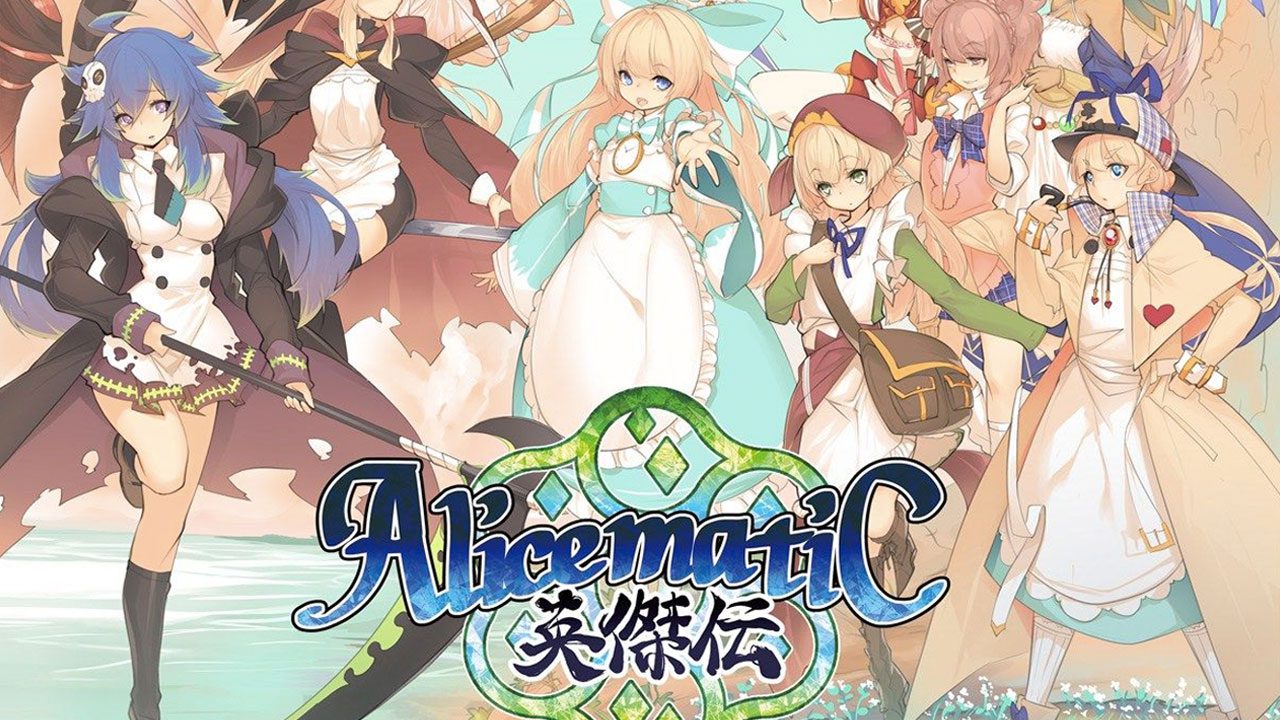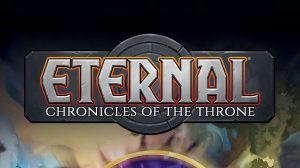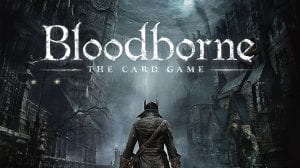Disclosure: Meeple Mountain received a free copy of this product in exchange for an honest, unbiased review. This review is not intended to be an endorsement.
People would assume the greatest highlights for reviewers would be to play the most hyped up games on the planet first and discuss it. For me, that isn’t the case. My own high occurs when I dumpster dive for a forgotten game, give it a good bath, play it, and declare it underrated. Alicematic Heroes is a 2 for 1 special of that feeling.
Why was I interested in this game? It had all the flavors I looked for. Card combos? Check. Area control? Yep. Less than an hour to play? Sign me up.
Like any other area control game, your task is to score points by controlling the majority of each map tile. Each map tile has a City space in the middle surrounded by colored spaces. Cities are important because they act as a launching pad for all of your attacks. In addition to that, each player will have five colored slots where they place their cards. You begin the game with two cities and a hand full of cards.

Stepping Into a Daydream
These cards represent the various daydream versions of Alice with their own color, cost, and special power. Although the special powers and costs aren’t new, the colors are a big deal. Each color is the slot the Alice card can go into. These colors represent different mechanisms, like the red slot for the Military and the green slot for Range.
Summoning these cards has a cost, which is related to your yellow slot. This slot represents the “dream power” and you can play an Alice card as long as the number of yellow cards is equal to or less than the cost (e.g. cost 2 card requires 2 yellow cards). If you don’t have enough, you can top it off with your yellow tokens. We’ll get to those tokens in a bit.
With a system like that, this will lead to a situation where you cannot play any card. As an option, you can play a card face-down rather than face-up, making it a Commoner, and draw a new card. The card still counts for that slot, but it will impact your end game scoring. Besides scoring points for area control, you also score points for having the most Alices in each slot. Even more problematic, you can only have 4 cards in one slot, and you can’t remove a card once it’s been placed.
That’s the first half of your turn. You simply play a card and move on. The second half is picking a spot to conquer.
Every non-black area on the map has a number. This number is the required military strength you need to conquer, determined by your cards in your red slot and any red tokens you spend. Your green cards and green tokens also determine the range of your attacks, starting with your occupied City space. If you meet both conditions, you place a piece on that space, and it is now yours.
You may also attempt to seize another’s space if it isn’t connected to a city. Due to this rule, the map control portion of Alicematic Heroes heavily focuses on creating borders and surrounding your opponents, giving it that light “Go” aroma. Only half of the rewards are rewarded when an opponent’s space is taken over.
The rewards are dependent on the color of the space you’ve conquered. Red, Green, and Yellow spaces give you tokens. Blue spaces draw cards and White spaces award you with points. Black spaces are conquerable if the surrounding spaces are covered by player pieces and reward you with victory points. The value of these Black spaces is equal to the number of surrounding spaces. As for the other five colors, your reward depends on the number of cards in the slot. 3 cards in the red slot? You get 3 red tokens.

Innovation Through Simplicity
I can’t recall many games that combine all these traits through a simple card system like Alicematic Heroes. Here’s a card game that not only requires you to create card combos but also to craft your map control and reward levels. Add a random map and shuffled cards, and it becomes apparent where replayability comes from. Like cleaning a resort hotel room, mastering Alicematic Heroes requires you to scrutinize every detail.
One of these details that stood out for me was the Alice cards. In contrast to Western games like Blood Rage, Alicematic Heroes’ approach is more subdued. The softened style allows easier tracking of everyone’s powers without the distracting loud noises of CCG inspiration. Don’t worry, there are some game-changing aspects, such as Demonlord Alice giving you the power to invade other players’ spaces even if they are connected to a city. Because of this groundwork, you and your friends will have vastly divergent intentions in every game, as if you were breeding a horse to gallop through this colorful landscape.
You also have an option to take over any colored space on the map, even if you don’t meet the requirements. Instead of outright taking the space, you place your token on the “Under Attack” side. This doesn’t mean you own the space, meaning other people can still take it over. In a future round, you can spend your Conquest phase to flip it over. It’s a nice option to get assets that you desperately need, such as Blue for more cards. So why wouldn’t you do this all the time? You only have 14 rounds.
Sure, that sounds like plenty of rounds due to the “double-digit” thing, but I will respond by pointing at the box cover. It says 60 minutes of game time, and I am pleased to inform you that number is an exaggeration. My first three-player game was around 45 minutes, and all future games were roughly 30-45 minutes. The pacing in this game zip lines between your friends in a New York minute.
What’s Old is New
This is such a nice change of pace when you compare it to conventional modern board games. Many strategy games want to give a player a toy box full of options to play with on their turn. Games like Root, Five Tribes, and Small World embrace this game design attitude. The problem I have with this approach is the board state changes are so extreme between turns that it requires constant re-evaluation. This assessment leads to hefty downtime, eventually boring me out of the experience. It is unfriendly to new players since it forces them to endure a torrent of confusion and pain as if a bucket of angry crabs were poured on them.
Alicematic Heroes’ momentum hearkens back to the days of classic games such as Chess and Go. Instead of providing you half a dozen actions to execute, the only thing you can do is play one card, followed by taking over one territory. Because of the strict procedure, it’s easy to acknowledge your opponent’s potential moves while making educated decisions. These educated decisions are not easy, as a single weak tactical move can be the end of you due to the rigid round limit. The tension in Alicematic Heroes doesn’t come from making bombastic plays. Instead, the tension is subtle, like a swinging chandelier made of sharpened knives.

The only true criticism I have is the visual fidelity. The map itself looks like a herd of unicorns stampeded the area, making it hard for players to read the board. For a game about map control and situational awareness, this could’ve been better. As for the rules themselves, they are perfect for a one hour game centered on card combos and map control. This is the kind of precision and execution you would expect from a Swiss watchmaker, not a game designer.
Probably the most offensive thing about this game is the lack of media coverage. It’s one of the better games I have played in this category, but nobody shoved it in front of a camera because of its anime aesthetics. After spending some time with Alicematic Heroes, I am highly interested in checking out other overlooked Asian designed games such as Billionaire Sargeant and Unicornus Knights. Maybe I will take a look at them one day but for now, I look forward to my future games of Alicematic Heroes.
You can purchase a copy of Alicematic Heroes on Amazon











